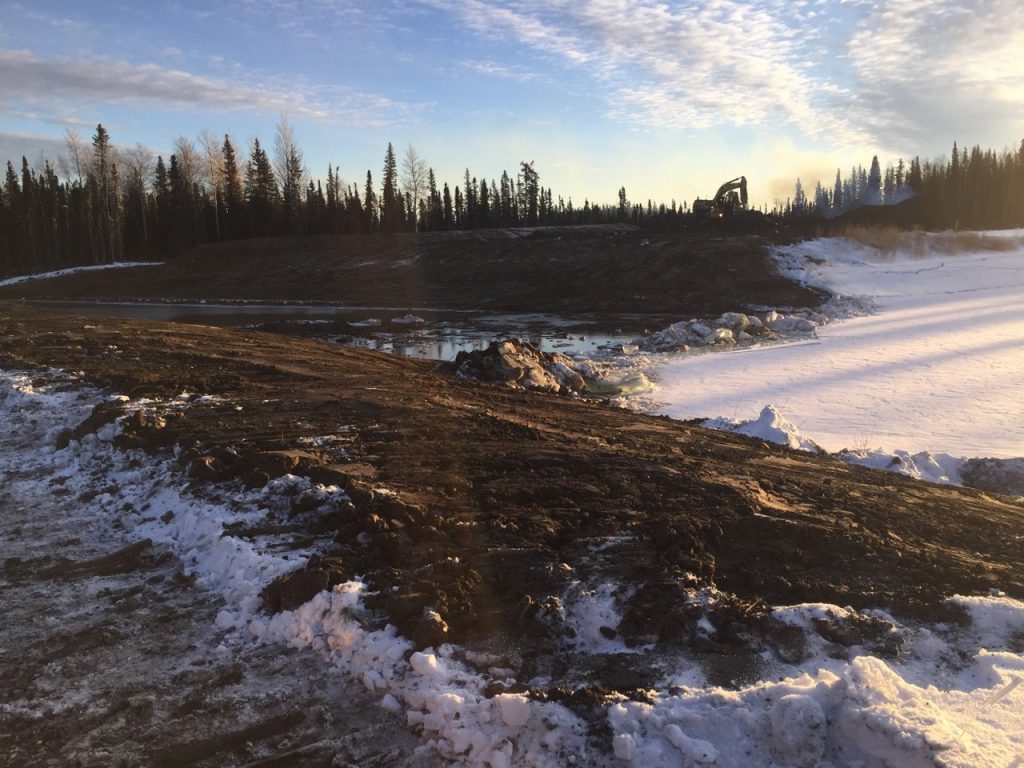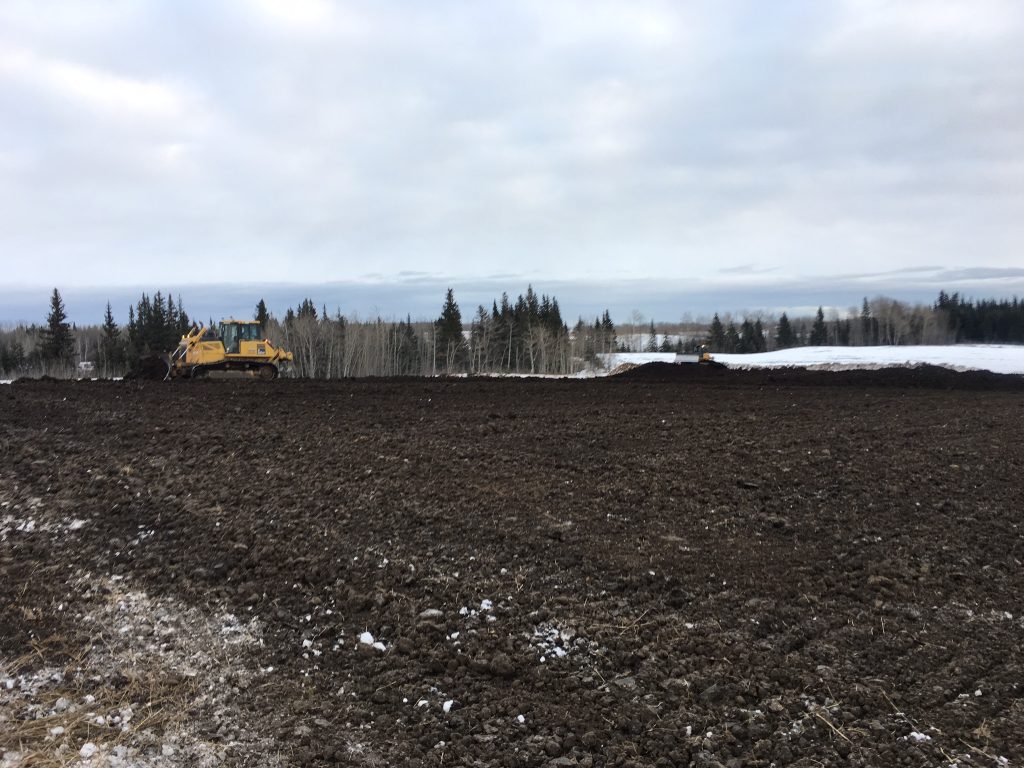Our last blog looked at the major steps involved in the land reclamation process. Preserving the great lands of Canada is paramount to our country’s success now and into the future. To that end, GNB continues to provide a standard of excellence in all of its land remediation work.
Restoring land at the end of life for any oil and gas project is an essential, and deeply involved, process. Reclamation ensures that the land used for such projects is returned to its former state, or as close to it as possible. Reducing the impact that oil and gas projects have on the environment is integral to the ongoing sustainability of such projects. Maintaining the value inherent to Canada’s land is a top priority that we take pride in aiding.
Defining the Goals for Remediation
The amount of work necessary to complete a remediation project depends upon the scale of the original project. Larger sites with several structures will require larger loaders for decommissioning. Reserve pits and frac tanks will require specialized care to effectively deconstruct and move contaminants and materials off-site. Further, the land may need to be recontoured to match its original form. Any areas involved with the energy project, including roadways, well pads, and pipeline flows, will need to be recontoured to match the original land, then protected from erosion.
Remediation is deemed successful when the land has a self-sustaining plant community. The soil will need to be reseeded, and dirty dirt will need to be hauled away. Top soil must be separated and stored safely to protect from water, wind, or machinery-caused erosion. The process of revegetation is involved and systematic, as a failure to reseed the land and have it take will mean repeating the process over again.

Land Remediation and Revegetation
In working towards the goal of a self-sustaining plant community, remediation means using the appropriate seed mix for the land. This is often controlled by provincial regulations on which seeds can be used where, as invasive plants can be found in imported seed mixes. Such plants can quickly colonize and cause severe damage to the microbial populations in the soil.
In some instances, though, alternative seed mixes can be beneficial to the land and ecosystem. As we’ve seen Western bumblebee populations drop drastically in recent years due to habitat degradation, it makes sense to provide new resources to sustain and embolden their populations. To this end, GNB has been working to include wild flower seeds in the pasture mix used on deactivated roads across BC.
To ensure that the land is returned to a state that matches its original form, remediation is a carefully planned and executed process.
If the work is audited, inspectors will assess the remediation to ensure the land:
- Has an adequate amount of soil and vegetation of good quality
- Matches the original topography and landscape
- Has no remaining structures, facilities, or contaminants present
Whether these requirements are met on the first go is crucial to keeping the project on budget, as a failure to meet these requirements might mean a drastic increase in costs and time to complete the process. If the topsoil is gone or erosion has set in too deeply, reseeding the land can be problematic.

